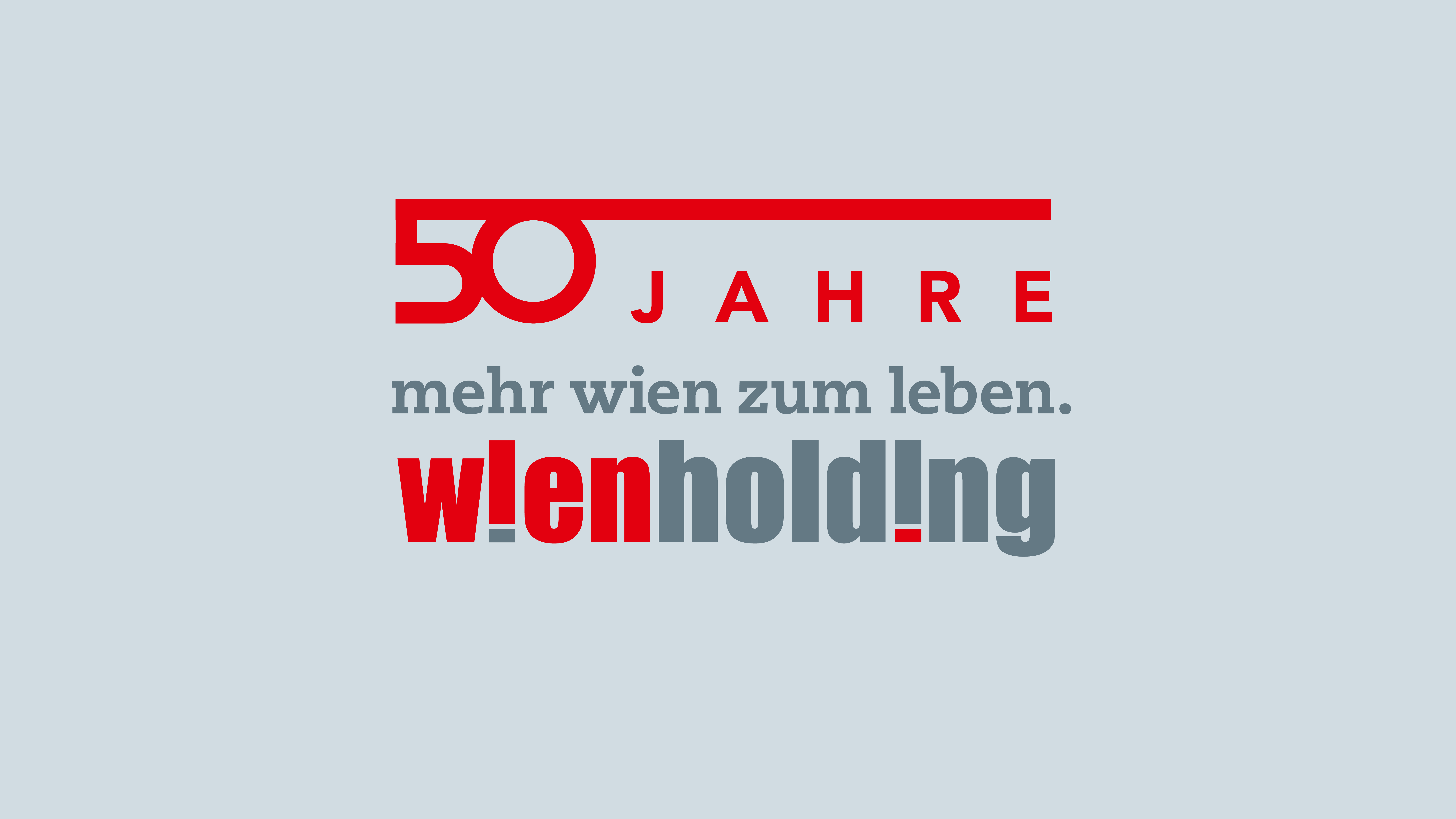History
Given the fact that today Hafen Wien is the largest public port on the Danube and the most important logistics centre in Eastern Austria, it is difficult to imagine that for a long time the construction of a port in Vienna was deemed unnecessary; the flat banks of the river (called "Länden" in German) were considered adequate for the loading and unloading of vessels.
The "Länden" in imperial times
The name "Lände" (derived from landing) can still be found in the names Heiligenstädter Lände, Nussdorfer Lände, Rossauer Lände and Brigittenauer Lände. With the development of steamships, it was no longer possible for vessels to dock on the sand or gravel river bottom. In 1875, after the regulation of the Danube, the first riverside harbour, a 12 km open wharf, was built on the right bank of the river. Shipping companies from countries through which the river flowed had moorings there with freight sheds, depots and silos, and the necessary cargo handling equipment. The City of Vienna also had cold stores here. The three-kilometers long oil and petrol terminal was the furthest downstream. This marked the start of the development of the Hafen Wien.
The imperial winter harbours
When the river flooded or froze, the landing facilities did not offer sufficient protection and it was therefore decided in 1892 to develop the Danube Canal into a freight and passenger harbour that could be used in winter. Funding ran out before the project could be completed, leaving behind a couple of architectural masterpieces by Otto Wagner.
In 1881 thirty ships were crushed when a chunk of ice broke free, emphasising the need for a winter harbour. Construction began in 1899 to turn Freudenau into a winter harbour. Prior to this, ships had had to spend the winter at the entrance to the Fischa river.
Freudenau harbour opened in 1902 and was used immediately. According to historians, no fewer than 380 vessels docked there during the first winter season; all berths were taken. In 1925 a mooring for floats and flying boats (which was later to be of military importance) was completed.
Development of the ports of Vienna
In 1939 work started on the construction of the Albern cargo harbour and the Lobau oil terminal. The first towboat entered Albern harbour in 1941. The basin was surrounded by five grain silos and for this reason the harbour was often referred to by the inhabitants of the city as the "Getreidehafen" (grain harbour). The construction of the new harbour also had the positive effect of changing the current and reducing the number of unidentified people washed up by the Danube in this area and having to be buried in the nearby "Cemetery of the Nameless" to a minimum.
The Lobau harbour was planned not only as a Central European oil and coal transhipment terminal but also to mark the point at which the Danube-Oder Canal was to enter the Danube. Because of World War II the two harbours were not equipped extensively and a general plan for the development of the Vienna port facilities was not drawn up until 1949. Thirteen years later Wiener Hafenbetriebsgesellschaft was established for managing Freudenau, Albern and Lobau.
New horizons
In 1965 the customs-free zone was established and in 1977 Wiener Städtische Hafen- und Lagerbetrieb, Planungs-, Ausbau- und Koordinations Ges.m.b.H. was founded as a basis for further structural development. In the 1980s and 1990s the port facilities were continuously enlarged and structured. The latest investment programme was launched in 2006, and new crane facilities, larger warehouses and new harbour walls in Albern have already been completed. The new container terminal built by Wiener Hafen and ÖBB opened earlier than planned in autumn 2008. The next project phase calls for the upgrading of the old terminal to bring it up to the same level as the new one. In 2009 the façades of the grain silos was refurbished and work started on the modernisation of the port office building. Marina Wien was also acquired last year. Future plans call for making Freudenau completely flood-proof (in 2010) and the construction of a harbour gate for the same purpose at Albern by end-2016. This will form the foundation for the development of new business premises on a site of around 100,000 square meters.


















